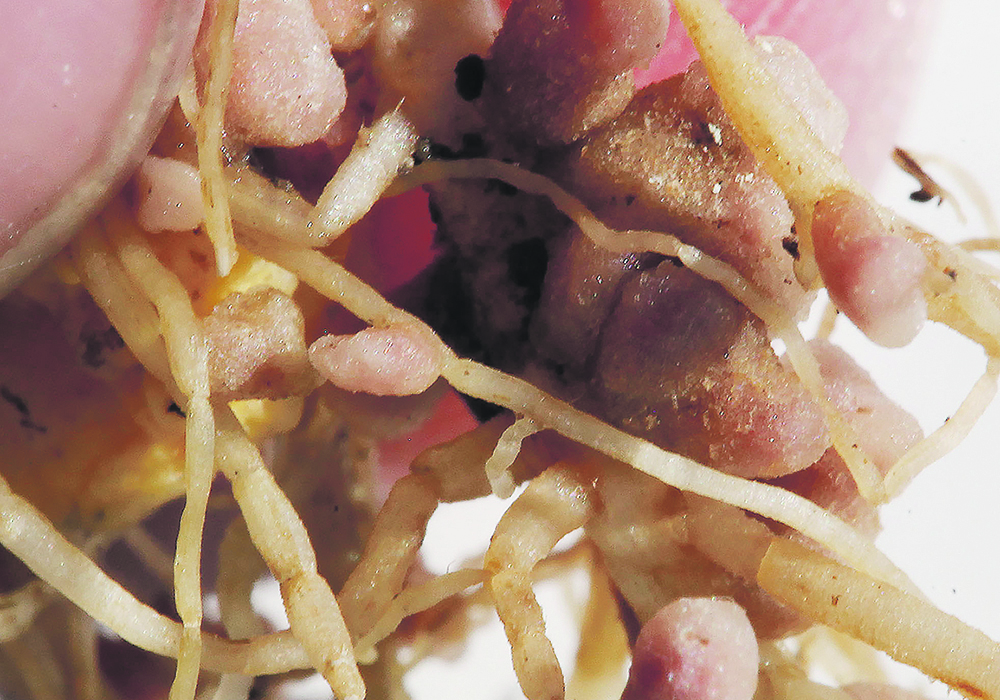Pulse crops should be viewed as more than a source of income. Used wisely in a rotation, they also serve as a significant disease management tool, according to Kelly Turkington.
Turkington, a plant pathologist with Agriculture Canada in Lacombe, Alta., presented his view of pulse crops as fixers. His online presentation was given in December as part of the annual Saskatchewan Agronomy Research Update.
“From a pathologists perspective, a pulse crop serves as an excellent disease management tool. However, before making rotation recommendations, pathologists have to understand all the factors influencing a farmers choices,” said Turkington in a phone interview.
Read Also

Pakistan reopens its doors to Canadian canola
Pakistan reopens its doors to Canadian canola after a three-year hiatus.
He said multiple factors beyond disease determine how pulses will be used. Decision makers need to know when using a pulse as a tool whether it will work as planned. And some farmers have an extremely tight rotation or continuous production of a particular crop type. They don’t have space for new crops. The challenge is becoming more complex.
“Rotating to a pulse is an excellent idea to break up disease cycles in cereals and canola, other than sclerotinia of course. But the new challenge now on the Prairies is that field peas have their own issue, that being Aphanomyces. If you want to use peas to break up a disease cycle, you have a six year gap between pea crops. It’s an excellent rotational tool, as a nitrogen fixing crop taking nitrogen from the atmosphere and bringing it into the soil.
“There are other benefits if you direct seed. Direct seeding gives you a more diverse vibrant active microbial environment in the soil. That helps keep some of the cereal root diseases in check. That would include common root rot, take-all, dryland foot rot or crown rot.”
Turkington said farmers typically plant pulses for one of two reasons: disease control and financial reward.
“If prices look good and a farmer isn’t battling any serious Aphanomyces problem, that might be the smartest move. And of course, nitrogen contribution is always a significant factor.”
















